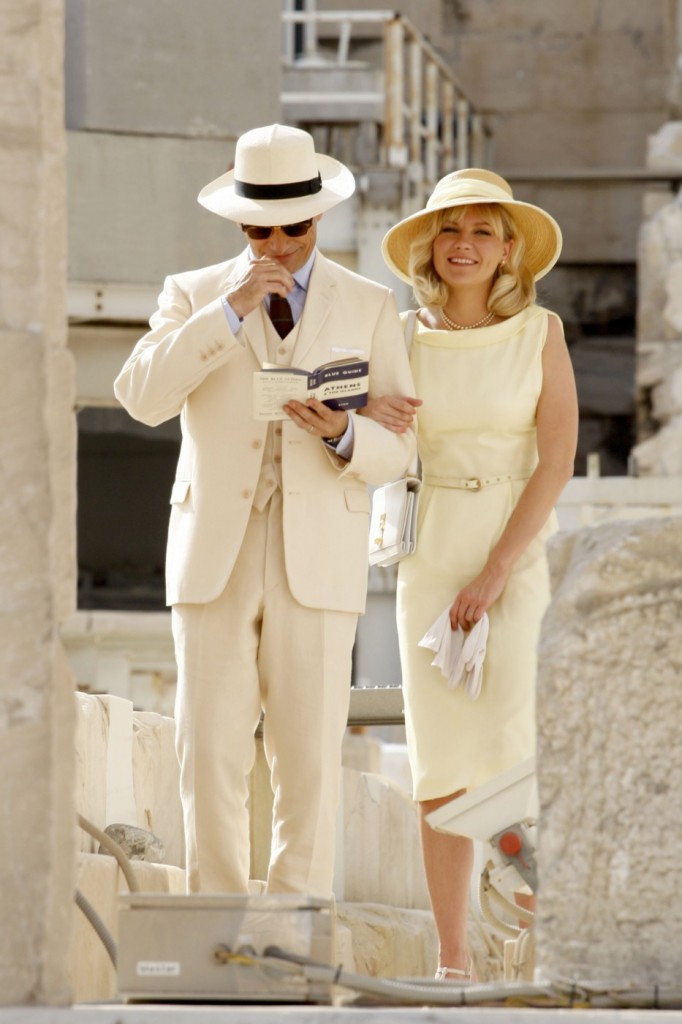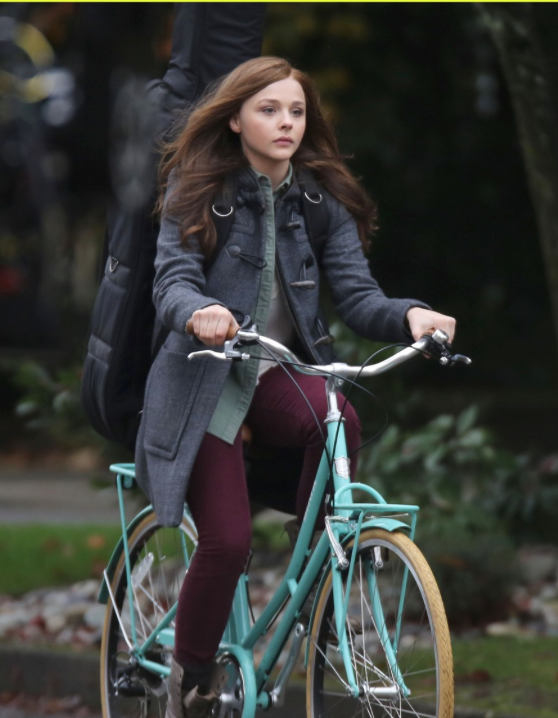‘The Two Faces of January’ Are Skin-Deep
 As much as it’s possible to write good-looking novels, Patricia Highsmith wrote good-looking novels. Cast against opulent European and American backdrops, many of them featured sly-eyed predators prowling the finest relics of Western Civilization: the finest autos, meals, wines, garments, jewels, music, and paintings – not to mention the finest fatted calves of old money. It’s not that Highsmith favored style over substance; it’s that the substance of her books was style itself, as well as how much larceny was committed in its good name.
As much as it’s possible to write good-looking novels, Patricia Highsmith wrote good-looking novels. Cast against opulent European and American backdrops, many of them featured sly-eyed predators prowling the finest relics of Western Civilization: the finest autos, meals, wines, garments, jewels, music, and paintings – not to mention the finest fatted calves of old money. It’s not that Highsmith favored style over substance; it’s that the substance of her books was style itself, as well as how much larceny was committed in its good name.
Highsmith’s most famous sly-eyed predator, Ripley, hatched such elegant schemes that it was impossible not to root for him, though he had no loyalties of his own. It’s a small wonder that many films have been adapted from the Ripliad (as the Ripley series is called), or that the most well-received of them, Anthony Minghella’s “The Talented Mr. Ripley,” is one of the most good-looking films of the last two decades.
“The Two Faces of January,” the latest adaptation of a Highsmith novel, is also quite good-looking. As it begins, two affluent American tourists, the good-looking Chester (Viggo Mortensen) and his good-looking, younger wife Colette (Kirsten Dunst), are wandering through the sun-bleached glory of 1962 Athens when they encounter good-looking American Rydal (Oscar Isaac), who agrees to be their tour guide. This being a Highsmith adaptation, we learn soon enough that all is not what it seems. Chester and Colette are on the run, if idly – his latest stock-market scam has soured just enough to make laying low advisable – and Rydal is the kind of louche drifter who pockets two drachmas every time he makes change. The minuet the three dance together, in which Chester bemusedly observes Rydal’s small-potato swindles while the younger man bats his lashes at Colette, is still awfully good-looking. Continue Reading →
A Wolf in Lady Critic’s Clothing
 Although I am just blind enough to prevent me from legally operating a moving vehicle without corrective lenses, I almost never wear glasses. The reason is simple. I find it relaxing to glide through NYC unfettered by too much visual stimuli. (The better to see you with a third eye, my pretties.) So if you think I’m looking at you funny, chances are good I can’t see you at all. Only once in a blue moon do I actually think you’re shit on my shoe.
Although I am just blind enough to prevent me from legally operating a moving vehicle without corrective lenses, I almost never wear glasses. The reason is simple. I find it relaxing to glide through NYC unfettered by too much visual stimuli. (The better to see you with a third eye, my pretties.) So if you think I’m looking at you funny, chances are good I can’t see you at all. Only once in a blue moon do I actually think you’re shit on my shoe.
‘If I Stay,’ Indeed
 These days, I thank my lucky stars – no matter how faulty – for Young Adult film adaptations. They are the last bastion of the big Hollywood weepie, a film genre that is sorely needed, if only so the average American can permit him- or herself to cry from time to time. Of course, the best weepies are so high-quality that we don’t feel embarrassed after we’ve dried our tears – think It’s a Wonderful Life, Gone with the Wind, and Terms of Endearment. Even E.T. is a well-crafted weepie in its own way.
These days, I thank my lucky stars – no matter how faulty – for Young Adult film adaptations. They are the last bastion of the big Hollywood weepie, a film genre that is sorely needed, if only so the average American can permit him- or herself to cry from time to time. Of course, the best weepies are so high-quality that we don’t feel embarrassed after we’ve dried our tears – think It’s a Wonderful Life, Gone with the Wind, and Terms of Endearment. Even E.T. is a well-crafted weepie in its own way.
If I Stay, the adaptation of Gayle Forman’s 2009 best-selling YA novel, is not. For long stretches, it seems like a TV pilot for a WB show that, rightfully, did not get picked up. Nonetheless, it evokes a cacophony of strong emotions – even at the critics’ screening I attended, much sniffing and nose-blowing could be heard – and for that reason cannot be dismissed out of hand. At least, not in this decidedly ungolden era of tough-guy cinema, in which action pics rule the multiplex and emotionality has been utterly ghettoized to Indiewood. Continue Reading →
